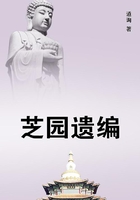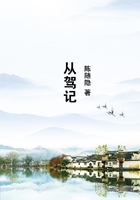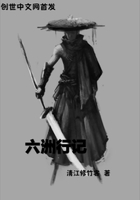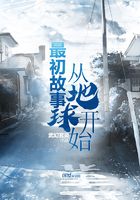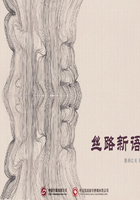While President and Congress were passing the time in mutual obstruction, the public discontents were becoming hot and bitter to a degree unknown before.A marked feature of the situation was the disturbance of public convenience involving loss, trouble, and distress which were vast in extent but not easily expressed in statistical form.The first three months of 1886 saw an outbreak of labor troubles far beyond any previous record in their variety and extent.In 1885, the number of strikes reported was 645 affecting 2284 establishments, a marked increase over preceding years.In 1886, the number of strikes rose to 1411, affecting 9861 establishments and directly involving 499,489persons.The most numerous strikes were in the building trades, but there were severe struggles in many other industries.There was, for example, an interruption of business on the New York elevated railway and on the street railways of New York, Brooklyn, and other cities.
But the greatest public anxiety was caused by the behavior of the Knights of Labor, an organization then growing so rapidly that it gave promise of uniting under one control the active and energetic elements of the working classes of the country.It started in a humble way, in December, 1869, among certain garment cutters in Philadelphia, and for some years spread slowly from that center.The organization remained strictly secret until 1878, in which year it held a national convention of its fifteen district assemblies at Reading, Pennsylvania.The object and principles of the order were now made public and, thereafter, it spread with startling rapidity, so that in 1886 it pitted its strength against public authority with a membership estimated at from, 500,000 to 800,000.Had this body been an army obedient to its leaders, it would have wielded great power; but it turned out to be only a mob.Its members took part in demonstrations which were as much mutinies against the authority of their own executive board as they were strikes against their employers.The result of lack of organization soon began to be evident.In March 1886, the receiver of the Texas Pacific Railroad discharged an employee prominent in the Knights of Labor and thus precipitated a strike which was promptly extended to the Missouri Pacific.There were riots at various points in Missouri and Kansas, and railroad traffic at St.Louis was completely suspended for some days, but the strike was eventually broken.
The Knights of Labor, however, had received a blow from which it never recovered, and as a result its membership declined.The order has since been almost wholly superseded by the American Federation of Labor, established in 1886 through shrewd management by an association of labor unions which had been maintained since 1881.The Knights had been organized by localities with the aim of merging all classes of working men into one body.The Federation, on the other hand, is composed of trades unions retaining their autonomy--a principle of organization which has proved to be more solid and durable.
To these signs of popular discontent the Government could not be blind.A congressional committee investigated the railroad strikes, and both parties in Congress busied themselves with labor legislation.But in spite of this apparent willingness to cope with the situation, there now followed another display of those cross purposes which occurred so often during the Cleveland administration.The House had already passed a bill providing means of submitting to arbitration controversies between railroads engaged in interstate commerce and their employees.
President Cleveland now sent a special message recommending that "instead of arbitrators chosen in the heat of conflicting claims and after each dispute shall arise, there be created a Commission of Labor, consisting of three members, who shall be regular officers of the government, charged among other duties with the consideration and settlement when possible, of all controversies between labor and capital." In spite of the urgency of the situation, the Senate seized this occasion for a new display of party tactics, and it Allowed the bill already passed by the House to lie without action while it proceeded to consider various labor measures of its own.For example, by June 1, 1886, the Senate had passed a bill providing that eight hours should be a day's work for letter-carriers; soon afterwards, it passed a bill legalizing the incorporation of national trades unions, to which the House promptly assented without a division; and the House then continued its labor record by passing on the 15th of July a bill against the importation of contract labor.This last bill was not passed by the Senate until after the fall elections.
It was approved by the President on February 23, 1887.
The Senate also delayed action on the House bill, which proposed arbitration in labor disputes, until the close of the session;and then the President, in view of his disregarded suggestion, withheld his assent.It was not until the following year that the legislation recommended by the President was enacted.By the Act of June 13, 1888, the Department of Labor was established, and by the Act of October 1, 1888, in addition to provision for voluntary arbitration between railroad corporations and their employees, the President was authorized to appoint a commission to investigate labor conflicts, with power to act as a board of conciliation.During the ten years in which the act remained on the statute books, it was actually put to use only in 1894, when a commission was appointed to investigate the Pullman strike at Chicago, but this body took no action towards settling the dispute.

